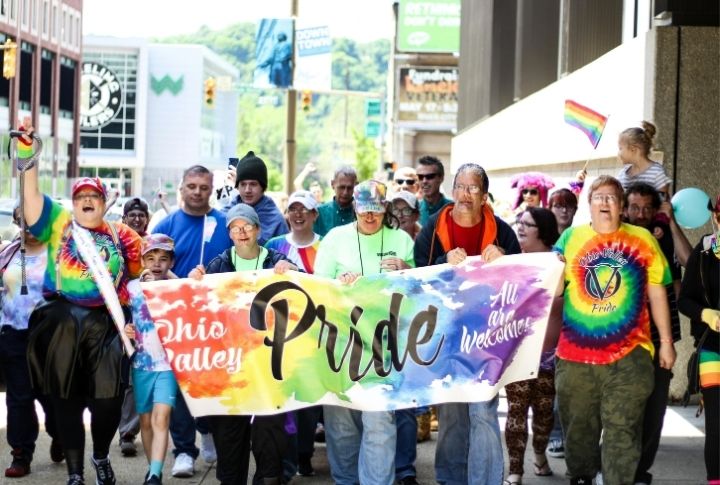
Pride Month, celebrated every June, is more than parades and rainbow flags. It’s a time to honor the LGBTQ+ community’s history, struggles, and victories. If you’re a long-time ally or new to learning about Pride, these ten fascinating facts will enlighten, entertain, and inspire you.
The Origins of Pride Month
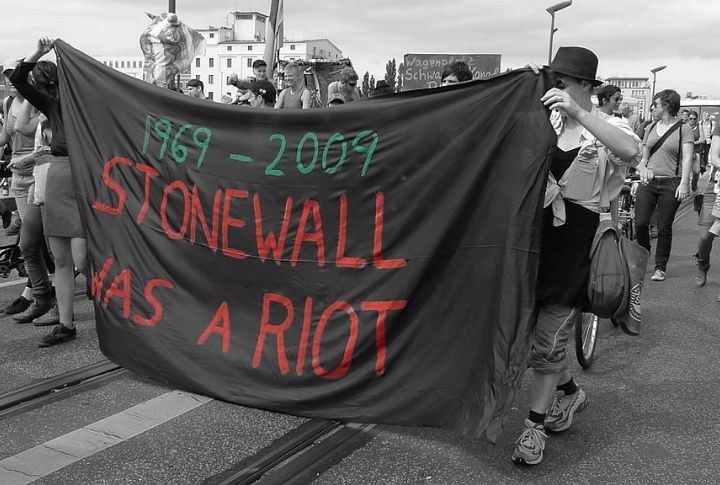
Pride Month commemorates the Stonewall Riots, which began on June 28, 1969—this pivotal moment in LGBTQ+ history started at the Stonewall Inn in New York City, where patrons resisted a police raid. The riots sparked a movement for LGBTQ+ rights and led to the first Pride marches a year later.
The First Pride March
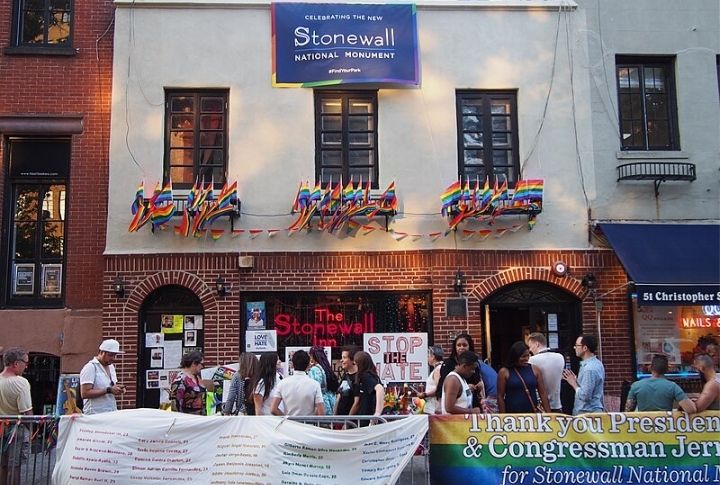
Officially, the first Pride march occurred on June 28, 1970, in New York City. Known as the Christopher Street Liberation Day March, it made the first anniversary of the Stonewall Riots. Thousands marched from Greenwich Village to Central Park, demanding equal rights and celebrating their identities.
The Rainbow Flag
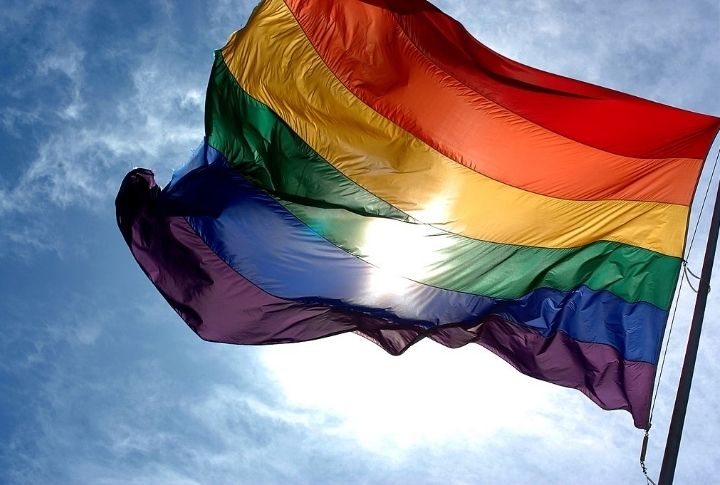
The rainbow flag, created by artist Gilbert Baker in 1978, has become a global symbol of LGBTQ+ pride. Each of the original eight colors had a specific meaning: hot pink for love and romance, red for life, yellow for sunlight, orange for healing, green for nature, turquoise for magic/art, blue for serenity, and violet for spirit. Today, it usually features six colors, with the pink and turquoise stripes removed due to fabric availability issues.
Global Celebrations
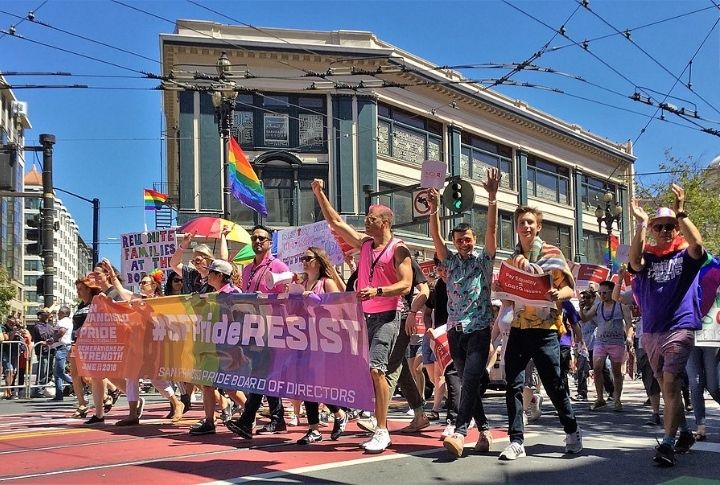
June 1 to 30 is celebrated worldwide, from large cities to small towns. Major cities like San Francisco, London, and Sydney host some iconic and vibrant Pride events. Each celebration is unique, reflecting local culture and history, but all share a common goal: to promote acceptance and equality.
The Expansion of Pride
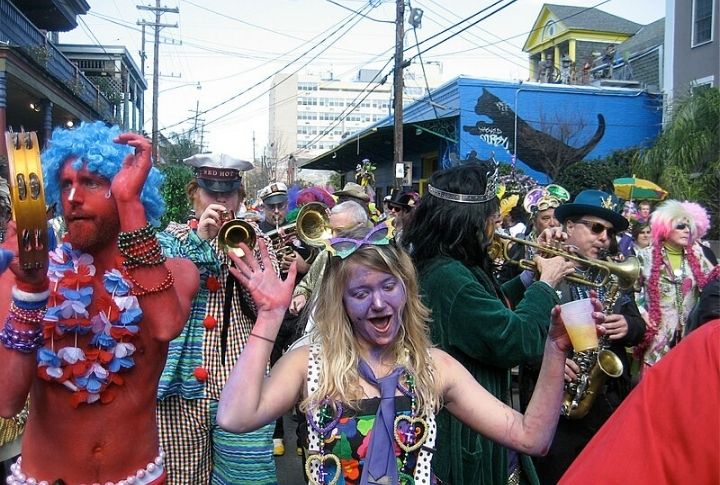
While June is the traditional month for Pride celebrations, many places hold events at different times of the year. This allows for a wider spread of activities and ensures everyone can participate. For example, Sydney’s Mardi Gras occurs in February, and Atlanta’s Pride is celebrated in October.
Corporate Involvement

In recent years, more corporations have supported Pride Month. Companies aim to demonstrate their commitment to diversity and inclusion through rainbow-themed products and event sponsorships. However, this has sparked discussions about “rainbow-washing,” where support is seen as insincere or purely profit-driven.
Legislative Milestones
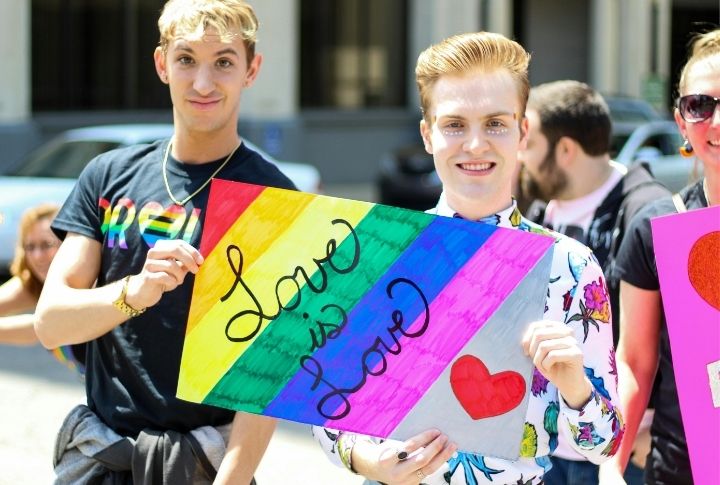
During the month, legislative victories for the LGBTQ+ community are observed. Landmark achievements include the decriminalization of homosexuality, marriage equality, and anti-discrimination laws. These legal milestones reflect the hard-won progress towards equality and justice.
Intersectionality in Pride
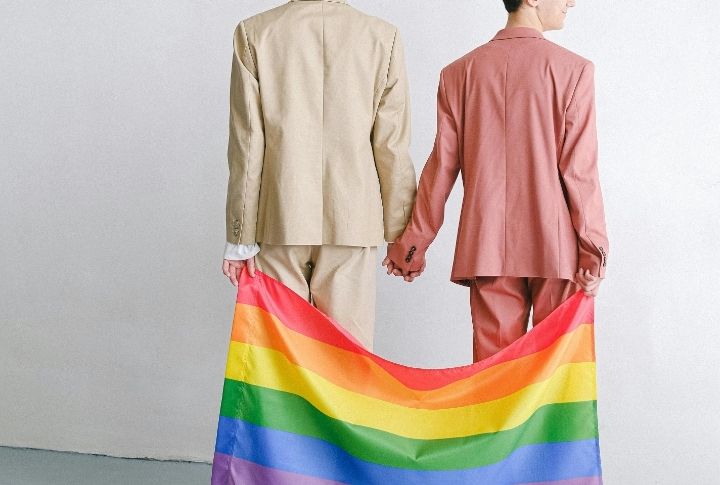
Issues of race, gender, and disability intersect with sexual orientation and gender identity, creating unique challenges and experiences. Celebrating this diversity within the community helps foster greater understanding and solidarity.
The Role of Media
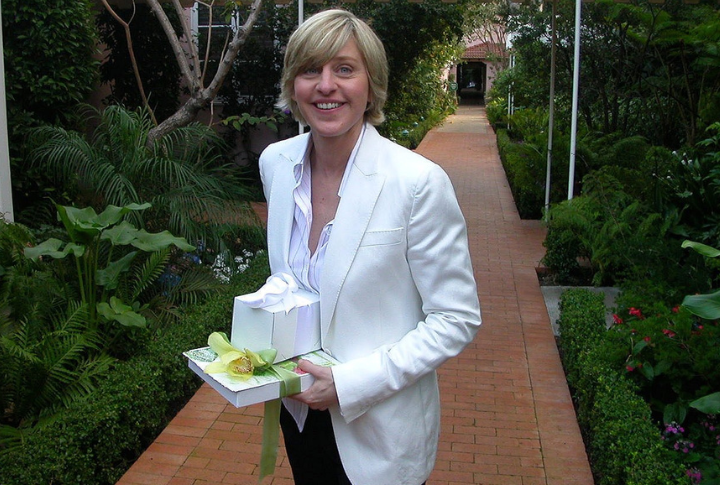
Positive representation in movies, TV shows, and books challenges stereotypes and promotes acceptance. Iconic moments, like Ellen DeGeneres coming out on her sitcom in 1997, have impacted LGBTQ+ visibility.
Pride’s Continuing Evolution
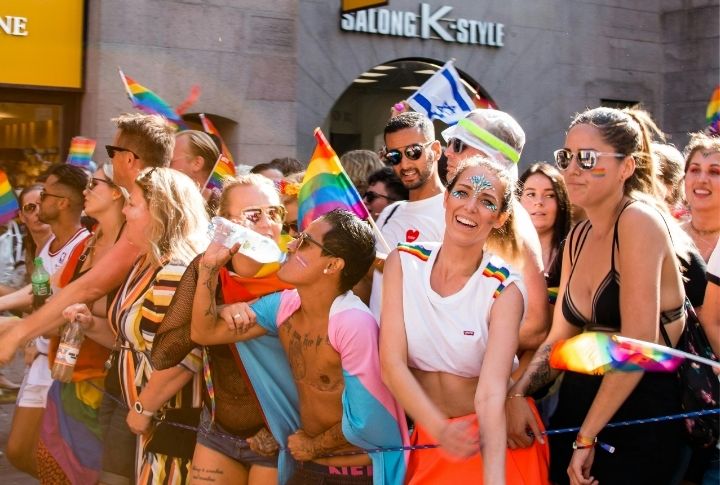
Recent years have focused on inclusivity, mental health, and supporting marginalized groups within the space. As society progresses, Pride remains a vital platform for advocacy and celebration.

